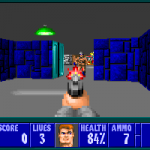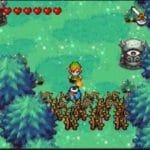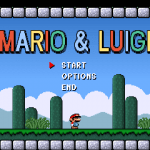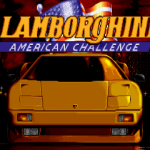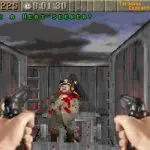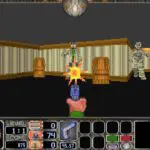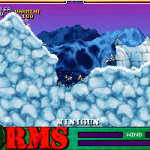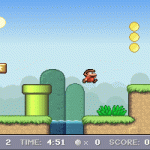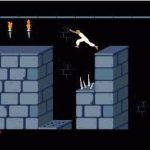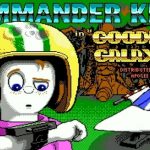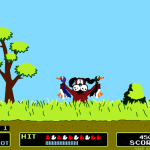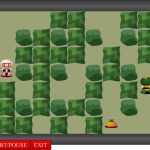Use arrow keys .
About
Hang-On[a] is an arcade game released by Sega in 1985 and later ported to the Master System. In the game, the player controls a motorcycle against time and other computer-controlled bikes. It was one of the first arcade games to use 16-bit graphics and utilizes the Super Scaler arcade system board, created with design input from Suzuki, as technology to simulate 3D effects. The deluxe cabinet version also introduced a motion controlled arcade cabinet, where the player’s body movement on a large motorbike-shaped cabinet corresponds with the player character’s movements on screen.
Yu Suzuki began development of Hang-On after deciding to design a motorcycle racing game as a way to use a torsion bar in an arcade game. With market research suggesting GP 500 racing was popular, Suzuki took inspiration from world champion Freddie Spencer and his style of racing. The game’s soundtrack was written by Hiroshi Kawaguchi, who used rock music that was uncommon in arcade games at the time.
Hang-On was very popular at launch and sold well for Sega. Several sequels were later made for arcade, as well as video game consoles. It received positive critical reception for its realism and graphics, despite some initial modesty concerns in Japan, and has been recognized as a well-remembered and influential arcade game.Using a behind the motorcycle perspective, the player races a linear race track divided into several stages within a limited time. Players have to lean the motorcycle in order to turn, with tighter corners requiring a further lean.[3] A throttle similar to a motorcycle has to be twisted to accelerate the bike.[4] The game has one track, pieced together in segments.[5] Reaching a checkpoint at the end of each segment extends the time limit, and remaining time is carried over into the next stage.[6] Running off the track results in the motorcycle crashing and the rider is launched into the air.[7] The game ends if the time runs out or all five stages are completed.[6]


